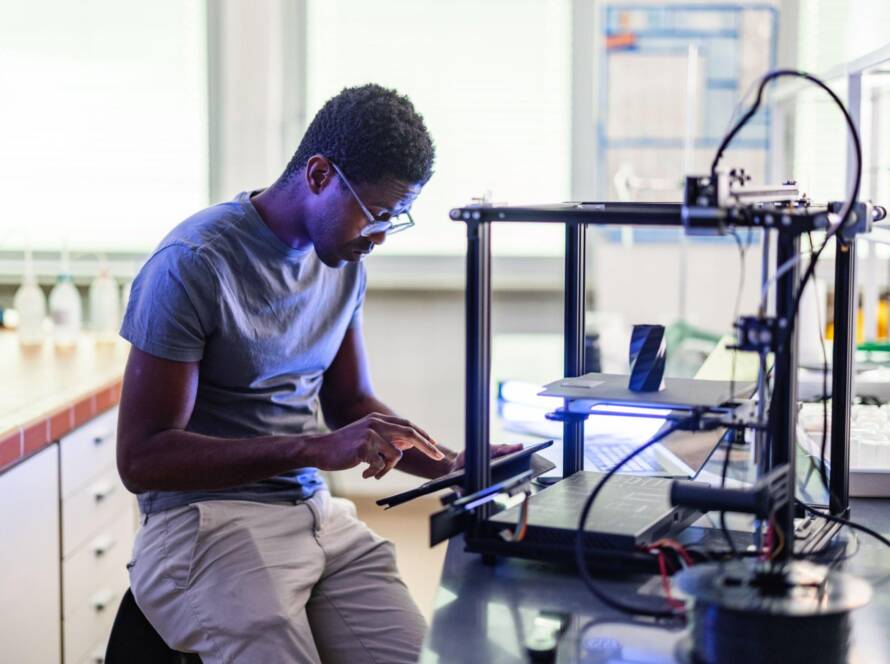Your iPhone or iPad holds a treasure trove of personal information, from photos and messages to banking and email accounts. To protect this valuable data, it’s crucial to have a secure passcode. While the default 4 or 6-digit passcode is better than nothing, it’s not the most secure option available. In this blog post, we’ll guide you through the process of changing your iPhone or iPad passcode to something more secure.
Why Bother Changing Your Passcode?
A stronger passcode is essential for several reasons:
- Enhanced Security: A longer and more complex passcode is harder for someone to guess or crack through brute force.
- Protects Personal Data: Your device contains sensitive information. A stronger passcode helps safeguard your personal data from prying eyes.
- Prevents Unauthorized Access: A secure passcode ensures that even if your device falls into the wrong hands, it remains locked, preventing unauthorized access.
- Compliance: Some organizations and institutions may require a certain level of passcode complexity to access work-related apps or data on your device.
Now that you understand the importance of a strong passcode let’s go through the steps to change it.
Step 1: Access the Settings App
- Unlock your iPhone or iPad using your current passcode.
- Locate the “Settings” app on your home screen. It’s usually represented by a gear-shaped icon.
Step 2: Scroll and Find “Face ID & Passcode” (or “Touch ID & Passcode” for older devices)
- Scroll down the Settings menu and tap on “Face ID & Passcode” (or “Touch ID & Passcode” if you have an older device that uses fingerprint recognition).
Step 3: Enter Your Current Passcode
- You will be prompted to enter your current passcode.
Step 4: Choose “Change Passcode”
- After entering your current passcode, scroll down the “Face ID & Passcode” (or “Touch ID & Passcode”) page until you find the “Change Passcode” option. Tap on it.
Step 5: Enter Your Current Passcode Again
- You’ll be asked to enter your current passcode once more to verify your identity.
Step 6: Select “Passcode Options”
- You’ll then see various passcode options. To create a more secure passcode, tap on “Passcode Options.”
Step 7: Choose “Custom Alphanumeric Code”
- From the passcode options, select “Custom Alphanumeric Code.” This option allows you to create a passcode using letters, numbers, and symbols.
Step 8: Create Your New Passcode
- Enter your new passcode. Make it a combination of at least eight characters or more. It should ideally include a mix of uppercase letters, lowercase letters, numbers, and symbols for maximum security.
Step 9: Verify Your New Passcode
- Enter your new passcode again to confirm it.
Step 10: Change Your Passcode
- Your passcode has now been changed to something more secure. You will need to use this new passcode to unlock your device in the future.
Conclusion
In a world where digital security is more critical than ever, ensuring your iPhone or iPad passcode is robust is essential. By following these simple steps, you can change your passcode to something more secure, adding an extra layer of protection to your valuable data. Remember to regularly update your passcode and avoid using easily guessable combinations. Your privacy and security are worth the effort.



